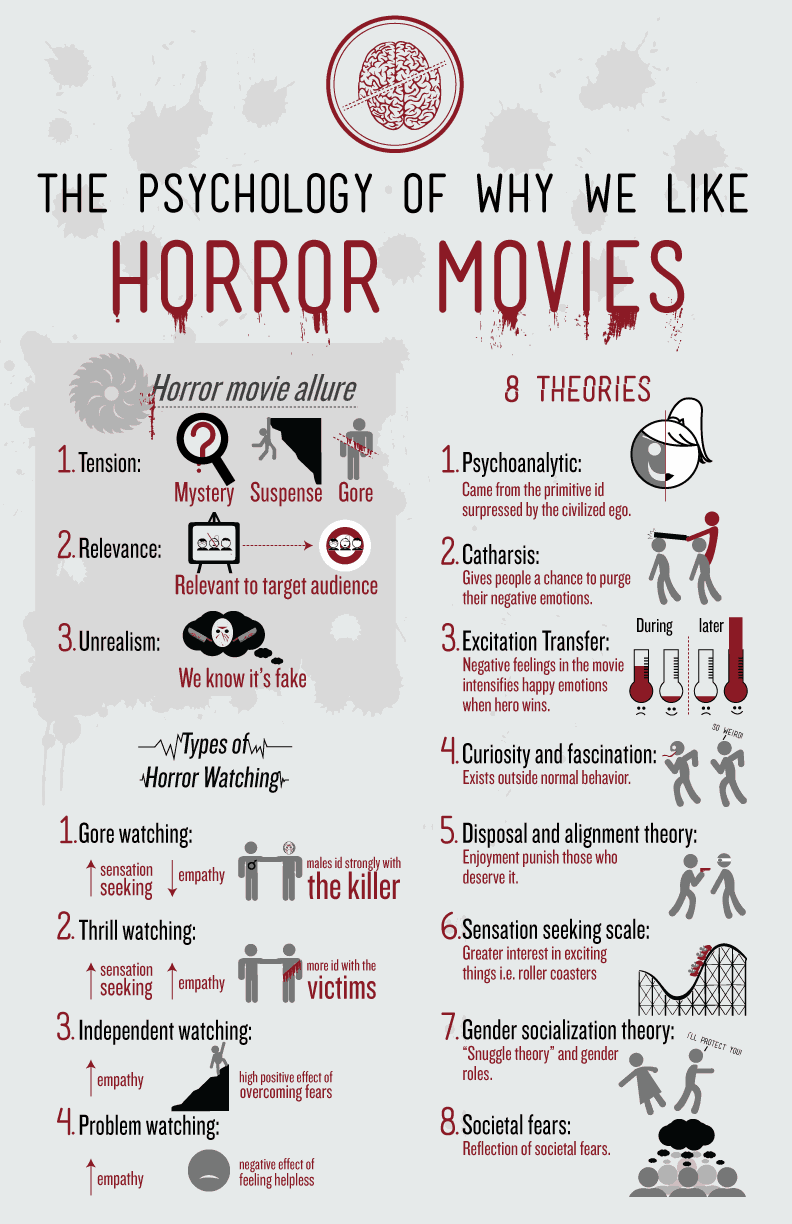Design by Ashley Hirusina: https://www.behance.net/Ashley_Hirasuna
We Horror fans are an odd lot. We actively seek emotional sensations that make us uncomfortable, agitated, and if done well, terrified. To say that we are adrenaline junkies testing our courage is an easy way out, and doesn’t really get to the truth of things. Ashley Hirusina, a graphic artist managed in one poster, a deep but succinct analysis of why we seek the scary.
Mike stumbled across this infographic in our archives and thought that it would be really interesting to break down each of the eight psychological theories postulated by Hirusina. We fell in love with the simple graphics and succinct descriptions of the allure, the types, and the theories of “Why Horror Movies.” We aimed to put some additional nuance to the themes and test the theories to figure out if we could find applicable examples. Each of us had to peel apart the theories and find the most representative film we could think of that would back up these theories.
Podcast: Play in new window | Download | Embed
So, why is it exactly that we love the genre so much? Are we nuts? No. In fact, horror movies can create a more stable emotional environment, if you apply these theories. Horror movies are engines of coping mechanisms. Let’s take a look at how these theories work.
The Theories are:
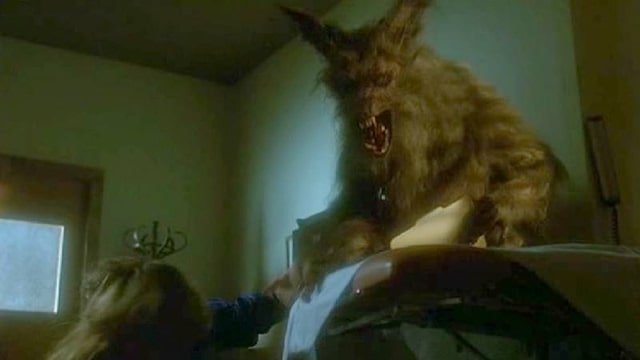
- Psychoanalytic: Cam from the primitive Id suppressed by the Civilized Ego. Freud would be fascinated with horror films, don’t you think? Mommy issues. Masculinity issues. Inner rage and turmoil. Cutting loose with feral anger, the psychoanalytic approach reveals and exposes your feelings. Tell me about your mother. Do you fantasize clubbing her over the head? Let’s discuss.
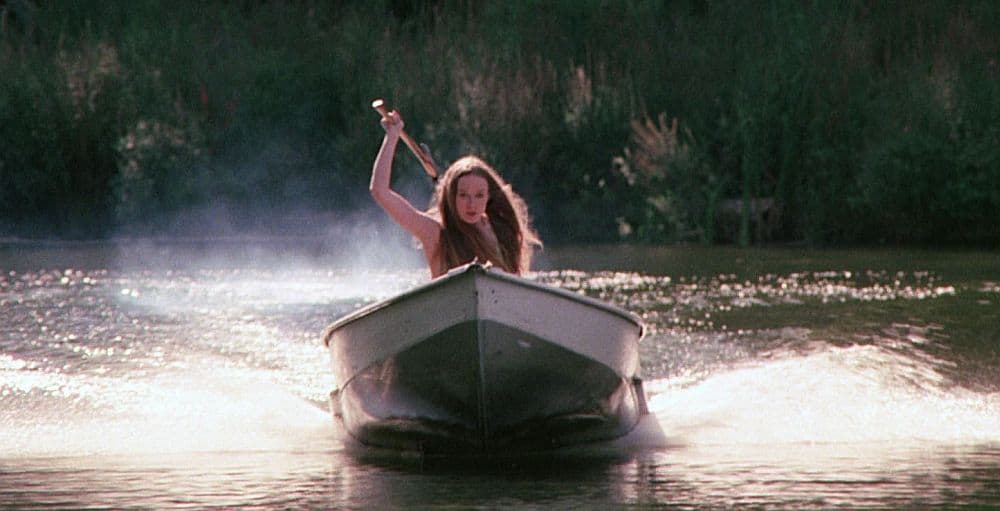
2. Catharsis: Gives people a chance to purge their negative emotions. Sometimes you just need to transfer bad thoughts onto something fictional. A release of all the anxieties you have onto watching horror movie protagonists handling their shit on the screen, helps you empower your emotions. It’s a cleansing of the mind and soul through bloodletting on the screen.
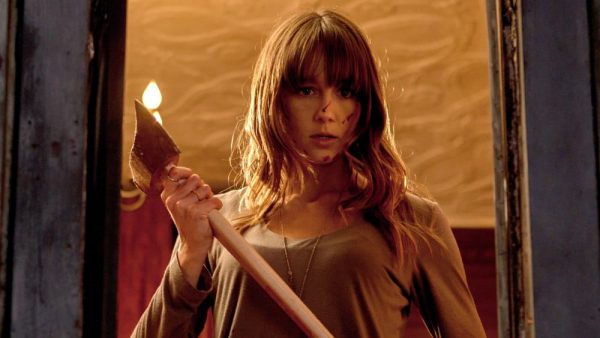
3. Excitation Transfer: Negative feelings in the movie intensify happy emotions when the hero wins. We all love a winner. We usually love a happy ending. You don’t always get it in horror movies, but when done right there is a big dopamine rush that you get rewarded with. Like the Catharsis theory and the Disposal and Alignment theory, final girls stand their ground in Excitation Transfer.

4. Curiosity and Fascination: Exists Outside Normal Behavior. Do you like your movies weird? Do you get excited when confronted with the unusual? Art house horror that pushes your imagination will fall into the Curiosity and Fascination theory. Body horror and garish art direction that pushes your mind into uncomfortable corners rely upon this idea.

5. Disposal and Alignment Theory: Enjoyment of punishing those who deserve it. Similar to excitation horror, revenge films often use Disposal and Alignment Theory. The bigger and badder the villain, the more effective the trope. They had it coming, right? Good triumphs over evil, and you can comfortably sleep in your own bed knowing that the evil has been vanquished.

6. Sensation Seeking Scale: Greater interest in exciting things. i.e. roller coasters. Action! ACTION! AAAACTION! This is the adrenaline rush for those of us who want non-stop thrills in our horror. Go go go! Run! Run! Run! Check those corners! That monster isn’t dead yet! Shoot it again! This is horror movie, with an exclamation mark.

7. Gender Socialization Theory: “Snuggle Theory” and gender roles. Either by reinforcing gender roles or by cunningly breaking the expected roles, horror movies can present, stretch, and parody what it means to be men and women, boys and girls in society. Horror comedies comfortably fit in this theory.
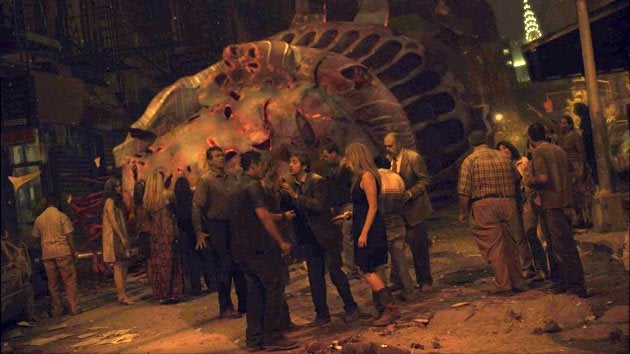
8. Societal Fears: Reflection of society fears. Horror movies can spin allegories to present the audience with uncomfortable truths. The evils and fears on a grand scale. Despite the visceral awfulness presented on screen it can be easier to relay these feelings through horror than other movie genres. This can be where science fiction and horror join arm in arm to tell bigger stories and anchor the ideas to a specific time and fears of a generation.
So, give our podcast a listen to see how we applied each of these theories to movies that we love. Do you agree with these theories? Are there any more that you think should be included with the list above? Let us know your thoughts! (Tell me about your mother…)


